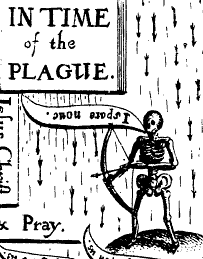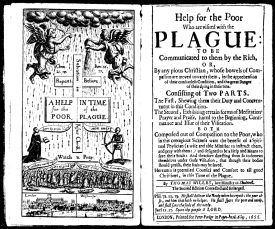After writing Thursday’s post about the August 25, 2005 NYT article on soaring cellphone use in Africa, I got the urge to reread Tarzan. It must have been this memorable line from journalist Sharon LaFraniere’s article:
On a continent where some remote villages still communicate by beating drums, cellphones are a technological revolution akin to television in the 1940’s in the United States.
Beating drums. Beating drums. Now where had I seen that before?
Oh, here, in Edgar Rice Burroughs’ original Tarzan of the Apes, when he describes the fictional “Dum-Dum” ritual. This ritual “marked important events in the life of the tribe–a victory, the capture of a prisoner, the killing of some large fierce denizen of the jungle, the death or accession of a king, and were conducted with set ceremonialism” (page 52 in my worn and tattered 1982 edition of the novel, featuring cover art by former DC Comics illustrator Neal Adams). (Cover art, I should add, that my tweenage self in 1982 found, uh, titillating, to say the least, with that half-naked Jane lying on the jungle floor.)
The kicker with the Dum-Dum ceremony is that the “tribe” Burroughs writes about is an ape tribe. During this particular Dum-Dum dance, celebrating the slaying of another tribe’s ape, female apes beat drums while males dance and attack the dead enemy gorilla. The Dum-Dum culminates with the apes devouring the mutilated dead ape.
Now, there is a human tribe in Tarzan as well. What’s disturbing in Burroughs’ imagination is that their human rituals closely resemble the ape rituals. In one celebration, women sit in a large circle, “yelling and beating upon drums” (81), while warriors dance around their still-alive prisoner, piercing his “eyes, ears, arms, and legs” with spears (81). The dance ends with the women “preparing the prisoner for their cooking pots” (82).
The only significant difference between the two rituals is that the apes’ victim is already dead, while the cannibals’ victim is alive during the ritual. This detail makes the Blacks seem all the more savage, for the ethics of other jungle creatures “meted a quick and merciful death to their victims” (80).
The black Africans are nothing more than jungle animals in Burroughs’ classic work, with “bestial faces, …yellow teeth, … [and] demon eyes” (176).
It doesn’t take a genius to know that Burroughs was writing from a racist viewpoint, playing upon the ignorant stereotypes of the time (1912). Sadly, with the NYT‘s allusion to “beating drums,” this Newspaper of Record rearticulates the same stereotypes, albeit disguised as a liberal self-congratulatory note on the progress of the continent.
 I’m nearly finished with Neal Stephenson’s mammoth novel
I’m nearly finished with Neal Stephenson’s mammoth novel 